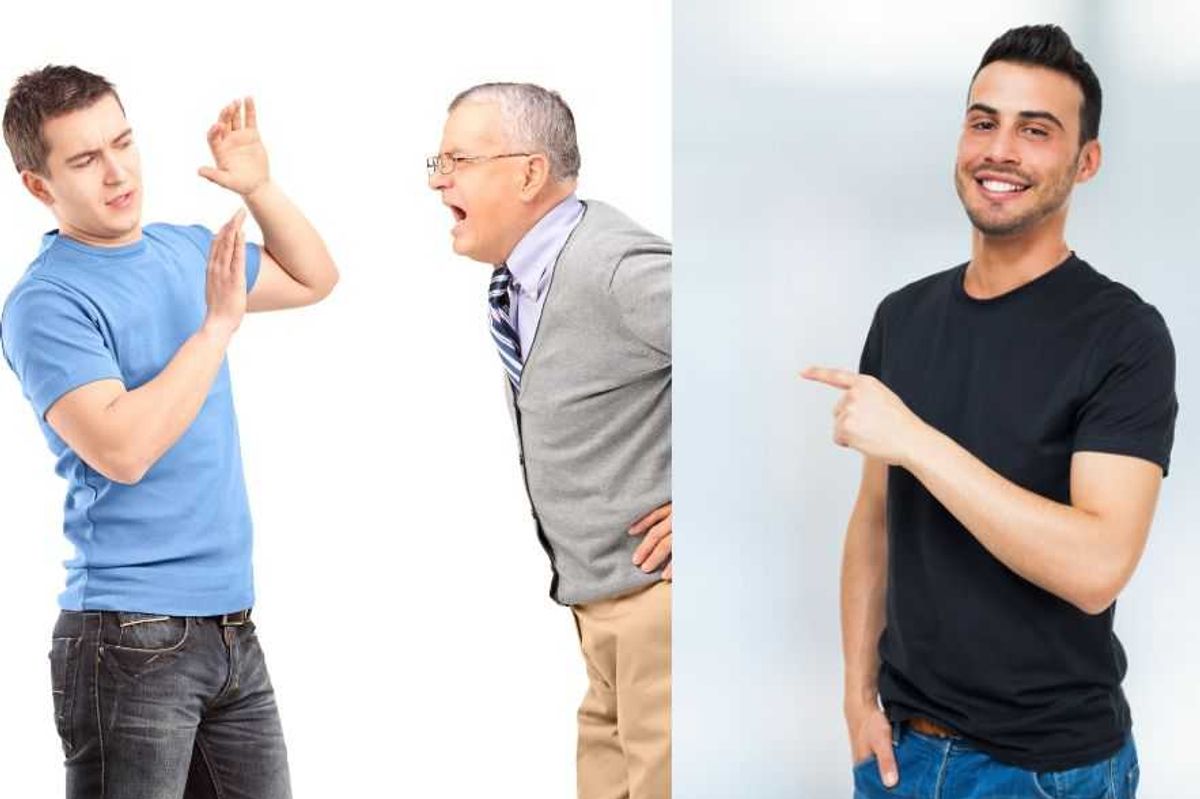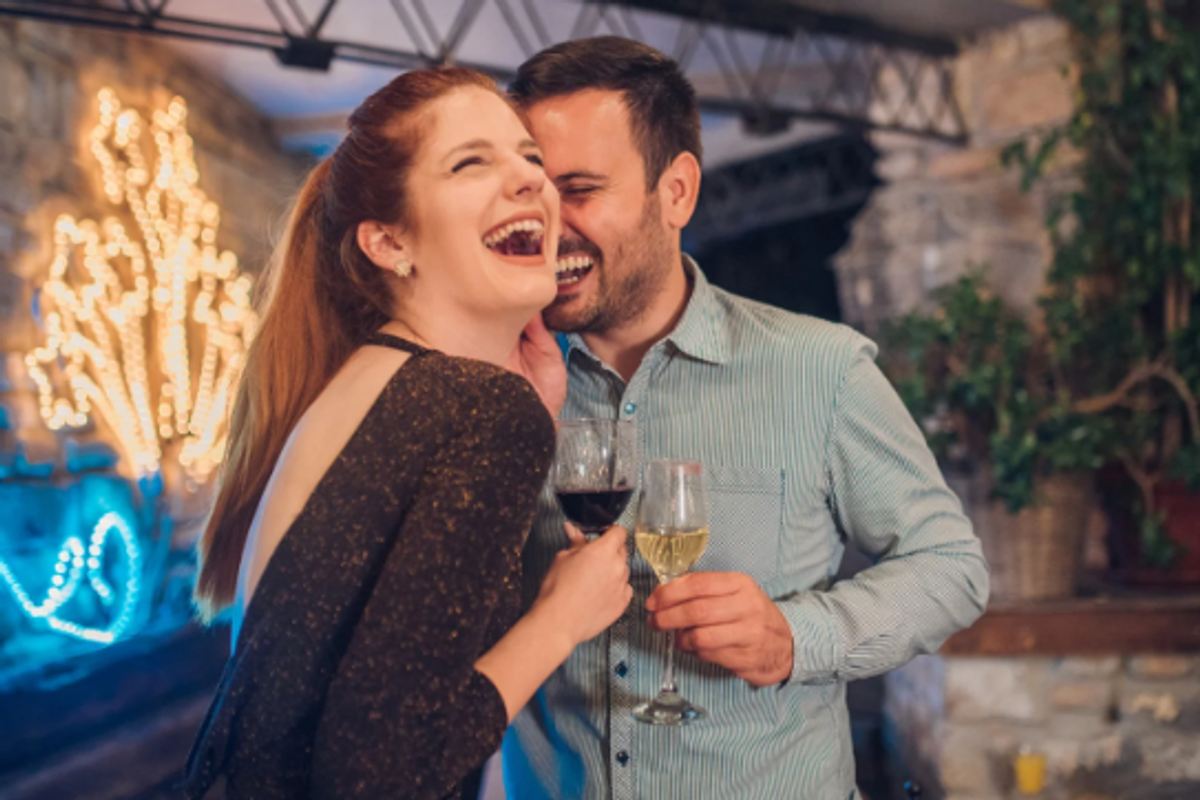There’s an entire genre of films from the early 1900s that you’ve probably never heard of.
It’s made up of hundreds of black-and-white silent films featuring stories of adventure, romance, politics, comedy, and more. These films captivated audiences of their time, but most of them no longer exist for us to watch today.
Poster for the film "Black Gold" (1928), which has been lost. Image via Norman Studios/Wikimedia Commons.
What makes them any different than films starring Charlie Chaplin or Clara Bow?
The films of this little-known genre, called “race films,” featured African-American casts, were produced by African-American-owned companies, and were created specifically for African-American audiences. They existed outside the Hollywood system and were often created to counter the caricatures of black people common in mainstream films.
For four months this year, seven students at UCLA meticulously documented these films (plus their actors and companies) in a database.
Students at UCLA working on the database. Images via Miriam Posner, used with permission.
But remember, most of these films don’t actually exist anymore. “They were run into the ground,” Miriam Posner, Ph.D., wrote in an email. Posner, a professor of digital humanities at the University of California, Los Angeles, was the coordinator of the research project.
“Some of these race film companies could only afford to make one copy or a few copies [of a film], which they then personally escorted around the company until the prints fell apart,” she said.
How exactly does one go about documenting hundreds of films from nearly a century ago — when those films no longer exist?
“We were venturing into pretty unknown territory,” research team member Shayna Norman told UCLA Newsroom.
A poster for "The Gunsaulus Mystery," a 1921 film that is now believed to be lost. Image via Micheaux Film Corporation/Wikimedia Commons.
Posner explains that the team used a combination of primary and secondary sources. They would start with established filmographies, then trace the data back to production notes, newspaper clippings, and movie posters to confirm the data entry and the spelling. “It was super time-consuming, but also really engrossing.”
Posner’s team of UCLA students is certainly not the first to dig into these films. “There’s a wonderful wealth of scholarship on this community,” she said. But “no one had systematically pulled people, films, and companies from this scholarship and gathered it in one place.” In that sense, the work these students completed was truly groundbreaking.
The result of the team’s hard work is a comprehensive, searchable database of over 300 films produced from 1909 to 1930.
Oscar Micheaux, Evelyn Preer, Lawrence Chenault, and E.G. Tatum are just a few of the black artists whose histories are preserved in the database.
A newspaper ad for "Within Our Gates." Image via Micheaux Book & Film Company/Wikimedia Commons.
Take, for example, the 1920 film “Within Our Gates,” one of the most famous of these films, and one that still exists today (you can even watch it on YouTube). According to the UCLA Newsroom, this film “is one of the few examples of a race film that garnered some attention — and an audience — from the white press.”
The UCLA team’s database lists everyone who worked on or appeared in “Within Our Gates,” but it also shows how those people are connected to others in the race film community. The visual result of these connections is a webbed map showing the entire network. The data, when displayed in this way, is mesmerizing.
A visual representation of the network of people involved in the race film community. Oscar Micheaux, who directed "Within Our Gates," appears at the center of this network. Screenshot via "Early African American Film"/UCLA.
As discussions like #OscarsSoWhite continue to make an annual appearance, it’s so important to recognize black artists’ contributions to early filmmaking.
#OscarsSoWhite is the trending hashtag that reappeared around the 2016 Academy Awards when only white actors and actresses were nominated for the top categories.
“The [database] project illuminates in an unprecedented way how African American artists are deeply embedded in film history,” Marika Cifor, a Ph.D. candidate at UCLA, wrote in an email. “Their presence can be traced back to the medium’s earliest days.”
Or as Posner puts it, “THEY HAVE BEEN THERE SINCE THE BEGINNING.”
The filmmakers and artists whose work is chronicled in this database are people who “[persisted] in developing their craft in spite of the most heinous odds, and in spite of a culture that actively represses their art,” Posner continued. “They deserve to be remembered, and their role in the history of filmmaking deserves to be acknowledged.”



 Worried mother and children during the Great Depression era. Photo by Dorthea Lange via Library of Congress
Worried mother and children during the Great Depression era. Photo by Dorthea Lange via Library of Congress  A mother reflects with her children during the Great Depression. Photo by Dorthea Lange via Library of Congress
A mother reflects with her children during the Great Depression. Photo by Dorthea Lange via Library of Congress  Families on the move suffered enormous hardships during The Great Depression.Photo by Dorthea Lange via Library of Congress
Families on the move suffered enormous hardships during The Great Depression.Photo by Dorthea Lange via Library of Congress



 Dark flies and wild fruit flies look almost identical, but have significant genetic differences. Photo by
Dark flies and wild fruit flies look almost identical, but have significant genetic differences. Photo by  The project has been passed down from researcher to researcher for 70 years. Photo by
The project has been passed down from researcher to researcher for 70 years. Photo by